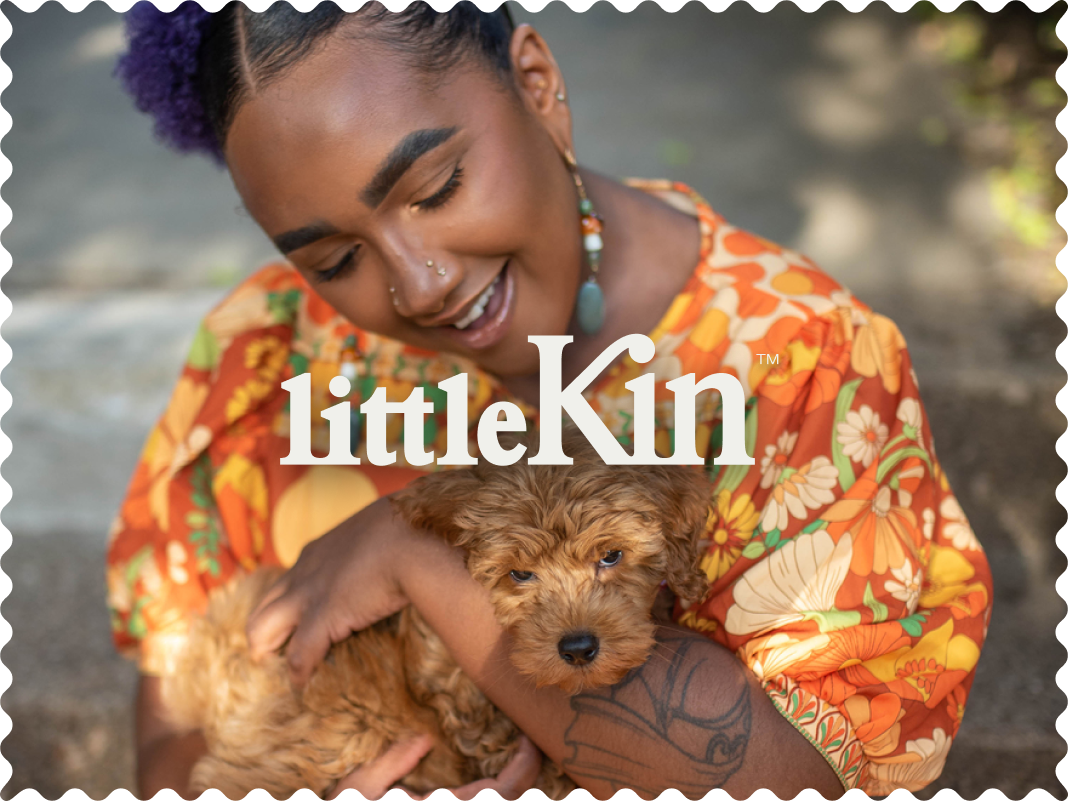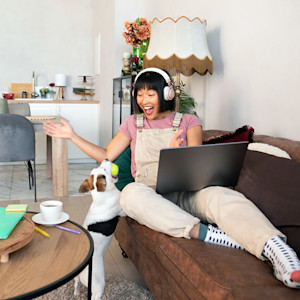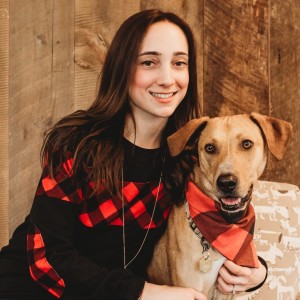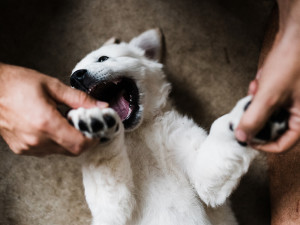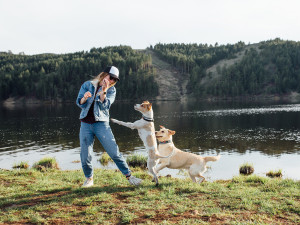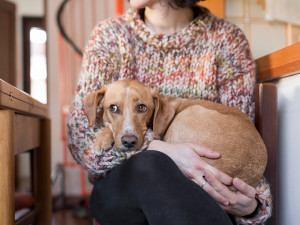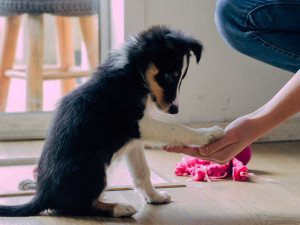How to Train an Excited Puppy to Sit
It’s a process.
In This Article:
Why Training an Excited Puppy Is Challenging Preparing to Train Your Puppy Step-by-Step Guide: Teaching Your Puppy to Sit Troubleshooting Common Challenges Tips for Success: Building Positive Habits
Training a puppy can be a daunting experience, but training an excited puppy can be downright challenging. Everything in the world is new to them and, due to their curious nature, it can be difficult to get them to focus for a while. Puppies are easily distractible, very playful, and all over the place, but an excited puppy takes it to the next level.
You must be patient, have impeccable timing, and be engaging to get the most out of your training sessions. When training a new puppy, your sessions should be short and sweet, just a few minutes at a time. You want to be fun and engaging. Treats are a great tool to help train your puppy.
How much do you spend on your pet per year?
Why training an excited puppy is challenging
Short attention spans
Because puppies are new to the world, their brains are still developing. They are always learning, exploring, and being exposed to new stimuli, which makes it hard to focus. With practice, exposure, and age, their attention spans will continue to grow.
Excess energy
Just like toddlers, puppies have an excess amount of energy until they crash. They can go, go, go! Going for a walk, having a play session, or letting your puppy sniff where they choose is important to do before your training sessions, especially with an overly excited puppy. After all their hard work, it’s important to give your puppy naps. Just like a human child, puppies can get cranky, which can lead to biting behaviors or other unwanted behaviors. This is the perfect time to practice crate training when your puppy is tired and due for a nap.
Preparing to train your puppy
Choose a quiet, distraction-free space
Because puppies are distracted by everything and anything, you want to pick a quiet, distraction-free environment. Over time, you can add little interruptions to your practice to help your puppy generalize skills. If you are training in a new environment, allow your puppy some time to explore and sniff around the new space before beginning your training.
Have treats or toys ready for positive reinforcement
Making training fun for your puppy is the best way to get the most out of your training experience. If it is fun for your puppy, they will be engaged and willing to participate. I like to joke with my dog-training clients that if you sound a little silly when praising your puppy, then you are doing it right!
Use an excited baby voice to tell your puppy they did something correctly. Reward them with a toy or treat. Pairing your voice and treats or toys with training will be the key to eventually fading treats out of your sessions as your dog learns the skills.
Keep training sessions short (five to 10 minutes)
Keeping your training sessions short and sweet is the key to success. You want to end the session before your puppy gets over it. Always end on a high note. If your puppy does the best sit they’ve ever done, give them a couple of treats and let that be the end of the training session. Or if you notice your puppy slowing down, get them to sit one more time, and then take a break.
Step-by-step guide: Teaching your puppy to sit
Start with a treat.
When picking a treat to use in training, you want something that is small or easy to break apart, quick to chew, and smells great.
Guide them.
Use your treat as a lure to help get your puppy into the right position. Bring the treat up to your puppy’s nose, get them interested in it, and bring the treat up and back over their head in a straight line, moving the treat towards their tail. Take your time and move slowly; you want them to stay interested in the treat as you move it back.
Their nose should be glued to the treat the first few times you lure them. This is what is going to get them into the correct sitting position. This lure will become your hand signal for the cue sit. Hand signals are a great tool to use when training dogs because they learn so much from observing body language.
Give them reward and praise.
As soon as their butt hits the ground reward them following this pattern: treat, voice, touch. You want your voice to be fun and exciting. When petting your puppy, make sure you pet them in a way that they enjoy.
Give them a break.
You can ask your puppy to sit a few times, but then give them a break. You always want to end after a sit before they get distracted and lose interest. A puppy break can be a game of tug, a nap, a walk, or just leaving them to sniff.
Use a cue
When training your dog, adding the cue is the last step. Once your dog is reliably following the lure and you know they can complete the behavior of sitting with 95 percent reliability, you can begin to add the cue. As they start to understand the cue, you can begin to fade the lure (the treat). Put the treat in your opposite hand, then bring the hand you have typically had the lure in up and back over your puppy’s head. When they sit, reward them with the treat.
Troubleshooting common challenges
Too excited?
Sometimes, if a puppy is too excited, they may need to burn off extra energy. Try training your puppy after a walk or play session for better results. Be sure to take a look at the environment you are training in. Is it a quiet area that has minimal distractions?
Not responding?
Has your puppy stopped responding? Do they seem like they are ignoring you?
Do they need a nap? Is the training area too distracting? If these are not an issue, take a look at the treat you are using. You want to use a high-value treat and has an appealing smell to your puppy. Biscuits or their kibble are not great options for training. Liver, or low-sodium turkey dogs, are a few examples of good options.
Losing interest?
Remember to keep your training sessions short, fun, and engaging. If you notice your puppy losing steam, you are probably trying to keep their attention longer than they can handle. Try taking a break and cutting your training sessions to be half the length you are currently trying. Then you can work your way up.
Tips for success: Building positive habits
Stay consistent.
It is important to stay consistent while training your puppy because they learn from repetition. The more reps your puppy practices in different locations with different levels of distraction, the more the behaviors will become solidified and reliable.
Keep sessions short.
Puppies’ short attention spans, curiosity, and excitement only allow them to stay on task for a limited time. Keeping training sessions short will allow for more success. Your sessions should be no longer than five to 10 minutes.
Burn off energy first.
Allow your puppy to blow off some steam before starting your training session. Take them for a walk where they have the freedom to sniff around before starting your session. This will help them be more engaged when it is time to train.
Use high-value treats.
Pick your treats wisely! Do not use kibble or biscuits; they are too bland. Use a treat that is high in value and easy to chew.
Practice daily.
A few short training sessions a day will help you get on a path of success. As your puppy gets better with training, you can begin to increase the length of the sessions as well as the distractions.
Be patient.
Not only is your puppy new to the world, but they are also new to training, which is not something that comes naturally to them. Staying patient during training will keep your training positive for your puppy, which will keep them excited and engaged.
Bottom line
Puppies are so much fun to train. Staying patient, consistent, and engaging will help you get the most out of your training sessions. Be sure to keep your training sessions short, in a distraction-free environment to start. And always use high-value treats and positive reinforcement. Most of all, have fun!
References
Batt, Lara, et al. “The Effects of Structured Sessions for Juvenile Training and Socialization on Guide Dog Success and Puppy-Raiser Participation.” Journal of Veterinary Behavior, vol. 3, no. 5, Sept. 2008, pp. 199–206, https://doi.org/10.1016/j.jveb.2008.05.001opens in new tab.
Batt, Lara, et al. “Relationships between Puppy Management Practices and Reported Measures of Success in Guide Dog Training.” Journal of Veterinary Behavior, vol. 5, no. 5, Sept. 2010, pp. 240–246, https://doi.org/10.1016/j.jveb.2010.02.004opens in new tab.
Meunier, LaVonne D. “Selection, Acclimation, Training, and Preparation of Dogs for the Research Setting.” ILAR Journal, vol. 47, no. 4, 1 Jan. 2006, pp. 326–347, academic.oup.com/ilarjournal/article/47/4/326/808937opens in new tab, https://doi.org/10.1093/ilar.47.4.326opens in new tab.

